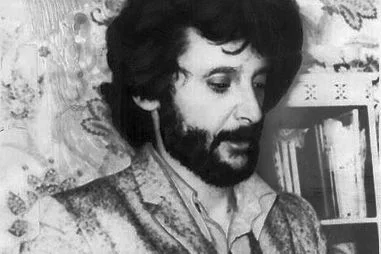The 75 year old Ustad Naseerudin Saami is a master of the unigue Pakistani vocal style known as Surti which is characterised by its use of microtonals, and is widely regarded as the very last master of the khayal (Arabic for "imagination"), a pre-Islamic predecessor of Pakistani qawwali music which has been handed down by his ancestors for over a thousand years, but currently on the brink of extinction. It is multilingual (Farsi, Sanskrit, Hindi, the ancient and dead language of Vedic, gibberish, Arabic, and Urdu) music.
But because his style of music is regarded as blasphemous and considered haram, impure and resented, as they do anything else pre-dating Muhammad, and have made threats on his life for simply performing the ancient art. This has seen in Pakistan many musicians being murdered since the turn of the century. notably the assasination of the famous qawalli Anjad Sabri in a hail of bullets in 2016 and the numerous attacks on Sufi Pakistanis. Sadly, like in in Mali,this distrust has seen a violently imposed break from anything outside the doctrine and history of Islam which has resulted in the ritual burning of instruments and a ban of most musical forms.
Master Ustad Naseeruddin Saami's however has spent his entire life mastering the nuances of every given note, in order to keep Surti alive, and it is important to acknowledge, that when he passes, the music may die with him. While many others would be cowed into silence, Saami remains defiant, literally risking his life daily in Pakistan.
I have finally managed to get hold of a copy of ' God Is Not A terrorist ' which was produced by acclaimed Tinariwen producer and Grammy Award winner Ian Brennan. Vol.5 of Glitterbeat’s Hidden Musics series and was recorded in one single night session during which the musicians present continuously chewed paan (a preparation combining betel leaves with areca or betel nuts found in South Asia, South-East Asia and Taiwan and chewed for its stimulating and psychoactive effects) until their teeth turned a fiery red. The session yielded 5 tracks, all featuring the harmonium or pump organ (an instrument introduced in Asia by Christian missionaries and banned on the Indian and later Pakistani radio for the longest time) in the leading role.
The record is a delight, the music is dense and rich and full of wailing that bends and weaves throughout, hypnotising, raw and haunting, powerfully carrying a contemporary message celebrating peace and diversity that is truly universal. You do not need to understand the lyrics to enjoy the singing, with his soaring voice it's a truly electrifying listening experience. I especially love the message in the title track, "to sing is to listen" The highlight for me has got to be the almost twenty-minute long closing track 'Longing'. A truly mesmerizing homage to a disappearing musical tradition! Long may this music live on freely. As the Sanskrit proverb says;" If one has a diamond in their chest, it will shine on their face."Despite opposition, Master Ustad Naseeruddin Saami chooses the light.
Tracklist
1, God Is
2. My Beloved Is On The Way
3. Twilight
4. Hymn
5.War Song
6. Longing
Get it here :- https://glitterbeat.com/product/god-is-not-a-terrorist-by-ustad-saami/
God Is Not A Terrorist (Trailer)
Ustad Saami - Longing





























